Receiver design for the REACH global 21-cm signal experiment
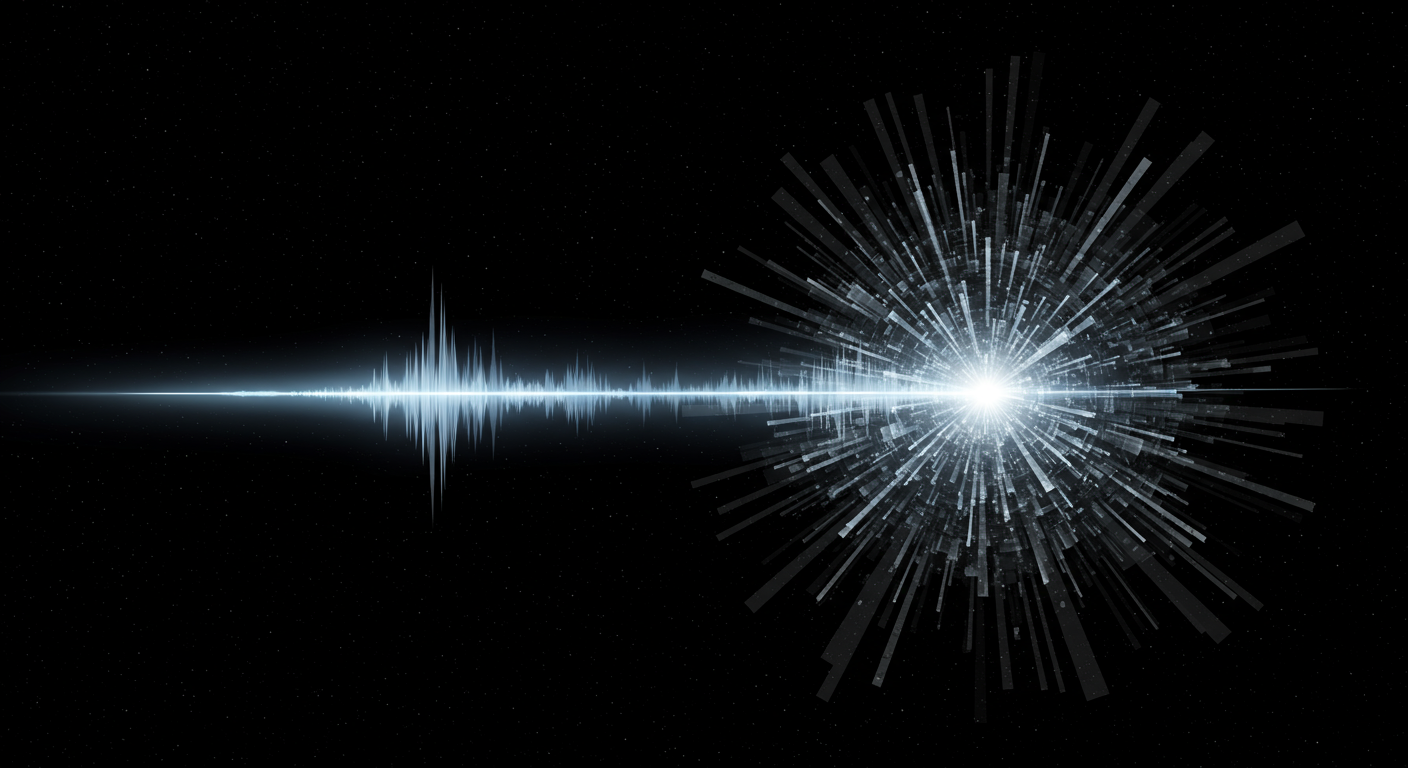
The ambitious quest to detect the faint, sky-averaged 21-cm signal from the Cosmic Dawn and Epoch of Reionisation represents one of the great observational challenges in modern cosmology. This paper, “Receiver design for the REACH global 21-cm signal experiment,” led by Ian L. V. Roque, details a crucial leap forward in instrument design for the Radio Experiment for the Analysis of Cosmic Hydrogen (REACH). This work is set against the backdrop of the tantalizing but contested detection by the EDGES experiment (1803.02899), a result that, if astrophysical, would have profound implications but has faced scrutiny over the potential dominance of unmodelled instrumental systematics (1805.01421). The REACH experiment is engineered from the ground up to address these challenges with unprecedented systematic control.
A New Paradigm for Radiometer Calibration
The central difficulty in global 21-cm experiments is that tiny imperfections in the instrument can create spectral structures that are orders of magnitude larger than the sought-after cosmological signal. This paper describes REACH’s strategy to meticulously model and remove these instrumental effects. Instead of pursuing a “perfect” instrument, the philosophy is to build a perfectly characterizable one. The methodology hinges on a “noise wave” formalism, a sophisticated physical model describing the complex interaction between the antenna and the receiver’s first amplifier. By measuring a diverse set of well-understood calibration sources, the system can solve for these noise wave parameters, effectively creating a precise map of the instrument’s own systematic contributions. This approach builds on previous work within our group on advanced Bayesian calibration techniques (2101.07797), now implemented in a robust, field-ready system.
Meticulous Engineering for a Stable System
The paper showcases a masterclass in low-frequency radio engineering for high-precision cosmology. Key design features highlighted by Ian L. V. Roque and the team include:
- An Extensive Suite of Calibrators: The system integrates twelve distinct, well-characterized sources that can be switched into the signal path. This provides a rich dataset to over-constrain the calibration model, ensuring a unique and robust solution for the instrumental parameters.
- Prioritizing Impedance Matching: The custom-designed Low Noise Amplifier (LNA) is optimized for an exceptionally clean input match (S11 < -30 dB). This design choice minimizes the reflections at the critical antenna-LNA interface, which are a primary source of the problematic spectral ripples that can mimic or obscure the cosmological signal.
- Autonomous Operation: The entire calibration process is automated, controlled by a custom microcontroller, and designed for remote operation in the radio-quiet Karoo desert in South Africa. This is crucial for achieving long-term stability and enabling frequent re-calibration as environmental conditions change.
- Thermal Stability: The front-end electronics are housed in a heavily insulated and thermally-stabilized enclosure featuring a custom heat-exchanger. This ensures that temperature fluctuations—another significant source of systematic error—are kept to a minimum.
Validating Performance in the Lab
Before shipping the receiver to its final deployment site, the team conducted extensive laboratory tests, as detailed in the paper. Using a “mock antenna” with known properties to stand in for the complex sky signal, they validated the entire calibration pipeline. The results are highly encouraging: the system demonstrated the ability to correct for instrumental effects and recover the input temperature with a root-mean-square error (RMSE) of just 80 mK. This level of systematic control is on par with what is required to robustly measure the cosmic signal and provide an independent check on previous claims.
This paper represents a significant milestone for the REACH project and for 21-cm cosmology. The work by Ian L. V. Roque, Nima Razavi-Ghods, Will Handley, Eloy de Lera Acedo, and the entire REACH collaboration establishes the viability of their novel receiver design and calibration philosophy. By transparently documenting the instrument’s state and performance before its journey to South Africa, they have laid a solid and robust foundation for the exciting scientific analysis to come.
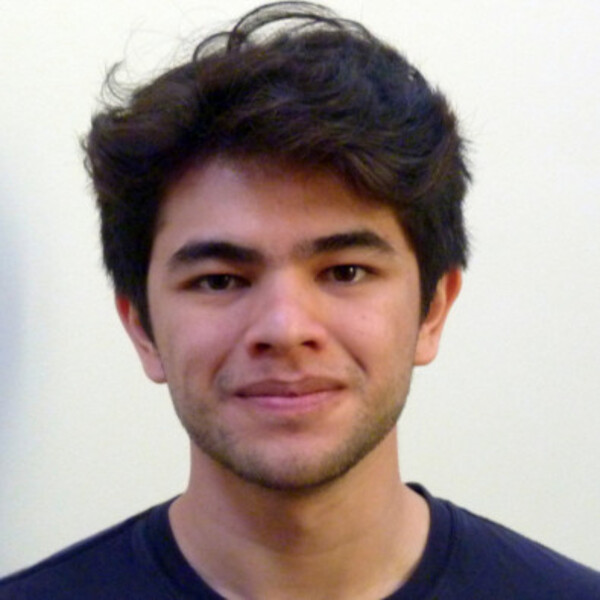


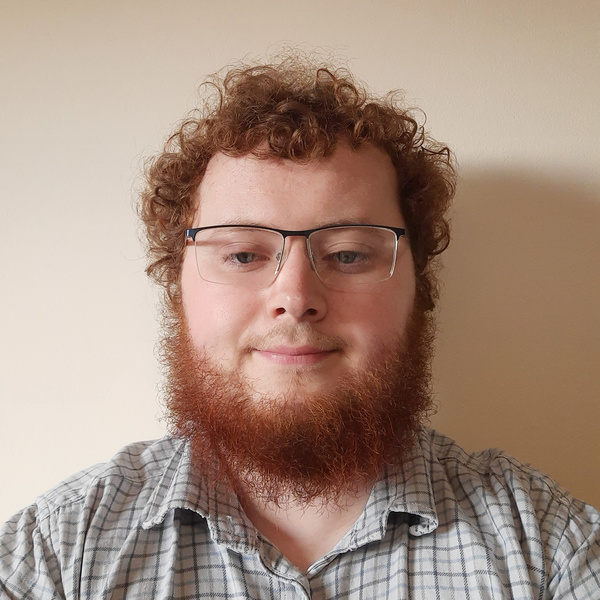
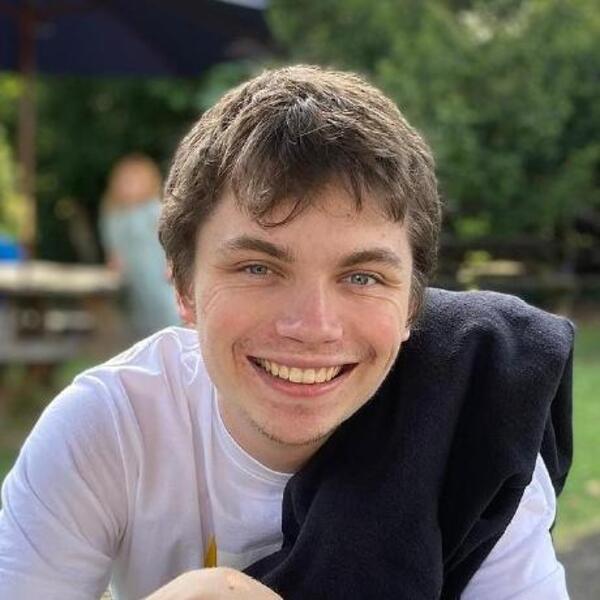


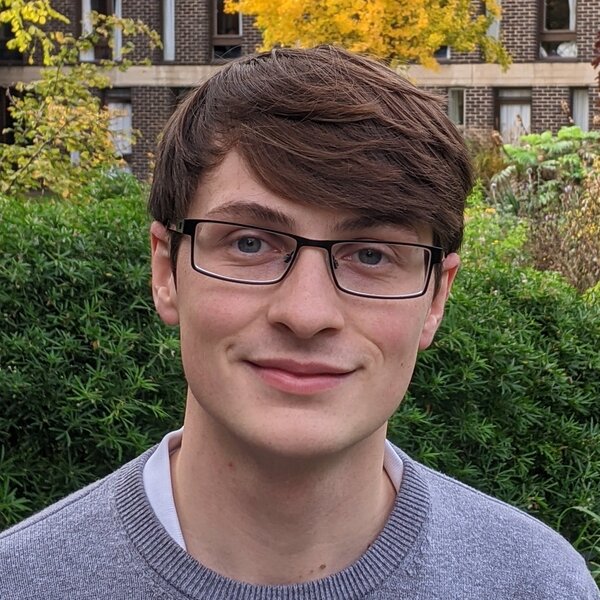
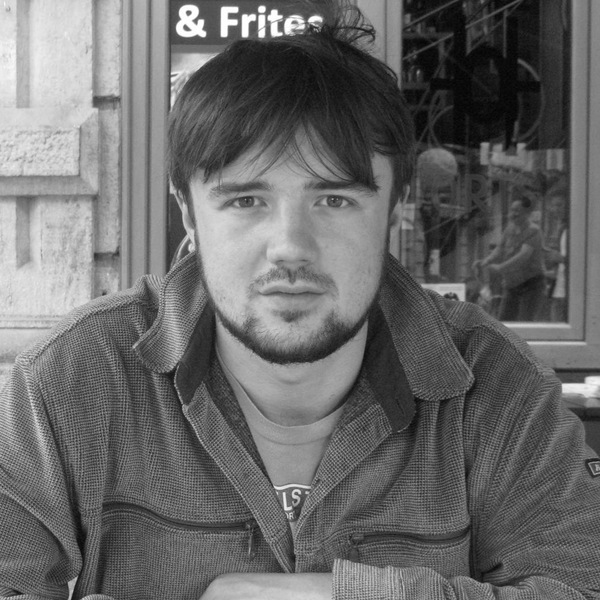

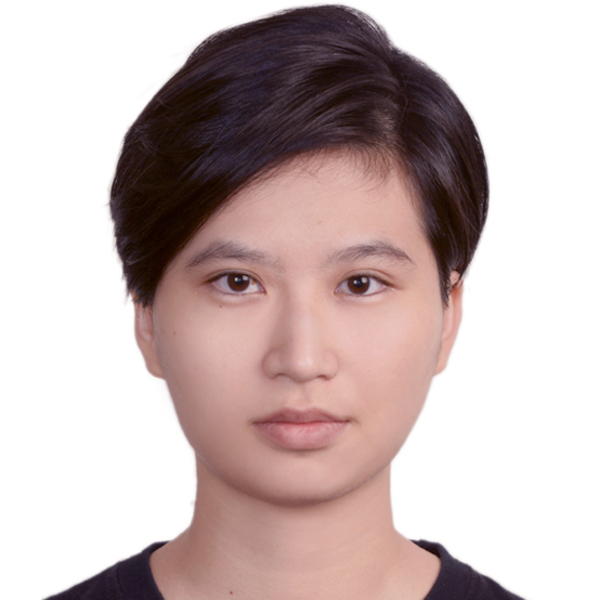
Content generated by gemini-2.5-pro using this prompt.
Image generated by imagen-3.0-generate-002 using this prompt.